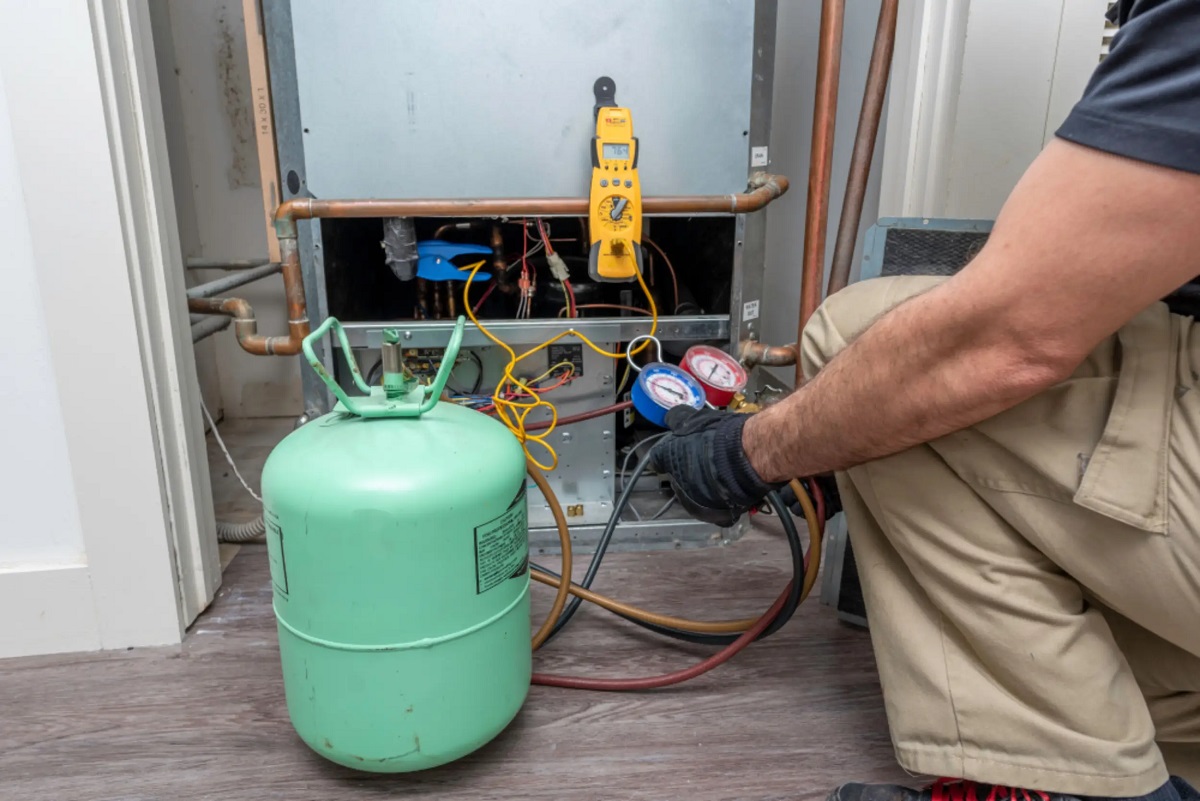

Articles
What Is Refrigerant In AC
Modified: December 6, 2023
Discover everything you need to know about refrigerant in AC systems with our informative articles. Stay informed and make the right choices for your cooling needs.
(Many of the links in this article redirect to a specific reviewed product. Your purchase of these products through affiliate links helps to generate commission for Storables.com, at no extra cost. Learn more)
Introduction
When it comes to keeping our homes and offices cool during the scorching summer months, air conditioners (AC) play a pivotal role. But have you ever wondered what makes them work efficiently? One crucial component of an AC system is the refrigerant. Refrigerant, often referred to as the lifeblood of an AC, is responsible for the cooling process that allows us to beat the heat and stay comfortable indoors.
In this article, we will delve into the world of refrigerants, exploring their definition, purpose in ACs, different types, and the environmental impact they leave behind. Additionally, we will also touch upon alternative refrigerants and their benefits, highlighting the ongoing efforts to develop more eco-friendly solutions.
Understanding the role of refrigerant in ACs is not only enlightening but also relevant in today’s era of increasing environmental concerns. So, let’s dive in and explore the fascinating world of refrigerants and their impact on our air conditioning systems.
Key Takeaways:
- Refrigerants are the unsung heroes of air conditioning, but their environmental impact is a growing concern. Transitioning to alternative refrigerants is crucial for a greener future, offering lower global warming potential and increased energy efficiency.
- Understanding the role of refrigerants in AC systems is enlightening, but their environmental impact cannot be ignored. The development and adoption of more sustainable alternatives are essential for minimizing the environmental footprint of air conditioning systems.
Read more: What Refrigerant Is Used In HVAC
Definition of Refrigerant
A refrigerant is a substance or mixture that circulates through an air conditioning system, absorbing heat from the indoor environment and releasing it outside. It undergoes a continuous cycle of evaporation and condensation to achieve this cooling effect.
Refrigerants have unique properties that make them ideal for the refrigeration process. They have low boiling points, allowing them to easily change state from a liquid to a gas and back again under specific temperature and pressure conditions. This phase change enables the refrigerant to absorb heat from the surrounding air and release it when it condenses back into a liquid form.
The primary function of a refrigerant in an AC system is to transfer heat from the indoor space to the outside environment, creating a cooler and more comfortable indoor climate.
Common refrigerants used in AC systems are hydrofluorocarbons (HFCs), chlorofluorocarbons (CFCs), and hydrochlorofluorocarbons (HCFCs). These refrigerants exhibit excellent thermodynamic properties and chemical stability, making them effective in the refrigeration process.
It is important to note that refrigerants need to be carefully selected and handled due to their potential environmental impact. The release of certain types of refrigerants into the atmosphere can contribute to ozone depletion and global warming.
Now that we have a basic understanding of what refrigerants are, let’s delve into the purpose they serve in an AC system.
Purpose of Refrigerant in an AC
The purpose of refrigerant in an air conditioning system is to facilitate the transfer of heat from the indoor space to the outside environment, resulting in the cooling effect that we enjoy. It plays a crucial role in the refrigeration cycle, which is the process of absorbing heat from a low-temperature source and releasing it to a high-temperature sink.
When an AC is turned on, the refrigerant undergoes a continuous cycle of evaporation and condensation. The refrigerant is compressed by the AC’s compressor, which increases its pressure and temperature. As a result, the refrigerant changes from a low-pressure gas to a high-pressure gas.
Next, the pressurized refrigerant flows to the condenser, where it is exposed to cooler air or a condenser coil. The heat from the refrigerant is transferred to the surroundings, causing the refrigerant to condense from a gas to a liquid state.
The liquid refrigerant then enters the expansion valve, where its pressure is reduced. This pressure reduction causes the refrigerant to evaporate and change back into a low-pressure gas.
During the evaporation process, the refrigerant absorbs heat from the indoor air that passes over the evaporator coils. This heat transfer cools the indoor air, creating a comfortable environment inside the room.
The cycle repeats as the refrigerant returns to the compressor and the whole process starts again. By absorbing heat from the indoor space and releasing it outside, the refrigerant effectively cools the air in the room, allowing us to maintain a pleasant temperature indoors.
The selection of the right refrigerant for an AC system is essential in ensuring optimal cooling performance and energy efficiency. Different refrigerants have varying properties and performance characteristics, which can impact the cooling capacity and overall efficiency of the system.
As we explore the types of refrigerants used in AC systems, it is crucial to keep in mind the environmental impact that these refrigerants can have. Let’s take a closer look at the different types of refrigerants and their implications.
Types of Refrigerants Used in ACs
Over the years, various types of refrigerants have been used in air conditioning systems. The choice of refrigerant depends on factors such as efficiency, safety, availability, and environmental impact. Here are some of the common types of refrigerants used in AC systems:
- Hydrochlorofluorocarbons (HCFCs): HCFCs, such as R-22, were widely used in AC systems for many years. However, due to their ozone-depleting properties, their production and use have been phased out in many countries in accordance with international agreements like the Montreal Protocol. R-22 is being replaced by more environmentally friendly alternatives to reduce its impact on the ozone layer.
- Chlorofluorocarbons (CFCs): CFCs, such as R-12, were commonly used in older AC systems. These refrigerants were highly effective in terms of cooling capacity but were found to have a severe impact on the ozone layer. Due to their ozone-depleting potential, the use of CFCs has been banned in most countries.
- Hydrofluorocarbons (HFCs): HFCs, such as R-410A and R-134a, are widely used as alternatives to HCFCs and CFCs. They have low or zero ozone depletion potential, making them more environmentally friendly. R-410A is commonly used in residential and commercial AC systems, while R-134a is often used in automotive air conditioning.
- Natural Refrigerants: Natural refrigerants, such as carbon dioxide (R-744), ammonia (R-717), and hydrocarbons (R-290 and R-600a), have gained popularity as more sustainable alternatives. These refrigerants have low global warming potential and do not deplete the ozone layer. However, they may pose safety concerns due to their flammability or toxicity, requiring proper handling and equipment design.
While HFCs are currently widely used in AC systems, they still contribute to global warming due to their high global warming potential. As a result, there has been a growing focus on the development and adoption of more environmentally friendly refrigerants.
Next, we will explore the environmental impact of refrigerants and the ongoing efforts to find alternative solutions that are more sustainable.
When choosing a refrigerant for your AC, consider factors such as energy efficiency, environmental impact, and compatibility with your system. Look for options with lower global warming potential (GWP) to minimize environmental harm.
Environmental Impact of Refrigerants
The environmental impact of refrigerants is a topic of growing concern due to their potential contribution to climate change and ozone depletion. While refrigerants play a vital role in cooling our indoor spaces, their improper release and disposal can have detrimental effects on the environment. Let’s explore some key aspects of their environmental impact:
Ozone Depletion: Some refrigerants, such as chlorofluorocarbons (CFCs) and hydrochlorofluorocarbons (HCFCs), have been found to have ozone-depleting properties. When released into the atmosphere, these refrigerants can reach the stratosphere, where they break down ozone molecules, leading to an ozone hole. The depletion of the ozone layer allows harmful ultraviolet (UV) radiation to reach the Earth’s surface, increasing the risk of skin cancer, cataracts, and other environmental impacts.
Global Warming Potential: Many refrigerants, particularly hydrofluorocarbons (HFCs), have a high global warming potential (GWP). GWP measures how much heat a greenhouse gas can trap in the atmosphere over a specific time period compared to carbon dioxide. HFCs can remain in the atmosphere for several years, contributing to the greenhouse effect and global warming. The emission of HFCs as a byproduct or leakage from AC systems, refrigeration units, and other applications can significantly impact climate change.
Direct Emissions: Refrigerant leakage from AC systems, especially those that use older refrigerants, can directly release these substances into the atmosphere. It is estimated that a significant portion of the global emissions of refrigerants is due to leakage from AC systems. Proper maintenance, regular inspections, and prompt repair of leaks are essential to minimize direct emissions.
In response to the environmental concerns associated with refrigerants, international agreements such as the Montreal Protocol have been established to phase out the production and use of ozone-depleting substances. However, the transition to alternative refrigerants is an ongoing process that aims to strike a balance between energy efficiency, safety, availability, and environmental impact.
Next, we will explore some alternative refrigerants that have been developed to reduce the environmental footprint of AC systems.
Read more: How To Check The Refrigerant Level Of An AC
Alternative Refrigerants and Their Benefits
In response to the environmental concerns associated with traditional refrigerants, significant efforts have been made to develop and adopt more sustainable and environmentally friendly alternatives. Here are some alternative refrigerants that are gaining popularity and their associated benefits:
Hydrofluoroolefins (HFOs): HFOs, such as R-1234yf and R-1234ze, have been developed as a replacement for HFCs. They have a significantly lower global warming potential (GWP) than their predecessors while offering comparable performance. HFOs are non-ozone-depleting substances that contribute to reducing greenhouse gas emissions and minimizing environmental impact.
Natural Refrigerants: Natural refrigerants, including carbon dioxide (R-744), ammonia (R-717), and hydrocarbons (R-290 and R-600a), have gained traction as sustainable alternatives. These refrigerants have low or zero global warming potential, and they do not deplete the ozone layer. Natural refrigerants are abundant, widely available, and have excellent thermodynamic properties, making them efficient choices for cooling systems. Additionally, they have a significantly reduced impact on global warming, making them attractive options for environmentally conscious applications.
Blended Refrigerants: Blended refrigerants, such as R-407C and R-410A, are mixtures of different refrigerants designed to mimic the properties of HFCs while reducing environmental impact. These blends have lower GWP than their individual components and are commonly used as transitional alternatives during the phasing out of ozone-depleting substances. However, it is important to note that blended refrigerants may still have a certain level of environmental impact, albeit reduced compared to their predecessors.
Benefits of Alternative Refrigerants:
- Environmental Friendliness: Alternative refrigerants have significantly lower GWP and do not contribute to ozone depletion. Their adoption helps to mitigate the impact of climate change and protect the ozone layer, contributing to a more sustainable future.
- Energy Efficiency: Many alternative refrigerants exhibit excellent thermodynamic properties, allowing for improved energy efficiency in air conditioning systems. This translates into lower energy consumption and reduced greenhouse gas emissions.
- Availability and Affordability: Natural refrigerants, such as carbon dioxide and hydrocarbons, are abundant and widely available, making them cost-effective options for cooling systems. Their accessibility facilitates their adoption in various applications.
- Regulatory Compliance: As international regulations continue to restrict the use of ozone-depleting substances and high-GWP refrigerants, switching to alternative refrigerants ensures compliance with environmental standards and regulations.
Transitioning to alternative refrigerants requires careful consideration of factors such as system compatibility, safety aspects, and the availability of appropriate equipment and components. The industry is continually exploring and innovating to develop more sustainable refrigerant options that balance performance, safety, and environmental impact.
As we conclude our exploration of refrigerants and the environment, it is crucial to remember the importance of responsible handling, leak prevention, and proper disposal of refrigerants to minimize their impact on the planet.
Conclusion
The role of refrigerants in air conditioning systems is vital for maintaining a cool and comfortable indoor environment. However, it is crucial to recognize the environmental impact that refrigerants can have, particularly in terms of ozone depletion and climate change.
Traditional refrigerants such as chlorofluorocarbons (CFCs) and hydrochlorofluorocarbons (HCFCs) have been phased out due to their adverse effects on the ozone layer. Hydrofluorocarbons (HFCs) have been widely used as alternatives, but they still contribute to global warming.
To address these concerns, alternative refrigerants have been developed. These include hydrofluoroolefins (HFOs), natural refrigerants like carbon dioxide (R-744), ammonia (R-717), and hydrocarbons (R-290 and R-600a), as well as blended refrigerants. These alternatives offer lower global warming potential, reduced impact on the ozone layer, and increased energy efficiency.
The adoption of alternative refrigerants is essential for minimizing the environmental footprint of air conditioning systems. The benefits of these alternatives extend beyond environmental considerations. They also contribute to energy savings, regulatory compliance, and cost-effectiveness.
However, the transition to alternative refrigerants requires careful considerations. System compatibility, safety aspects, and the availability of appropriate equipment and components must be taken into account. Ongoing research and innovation strive to develop more sustainable refrigerant options that meet the demands of efficiency, safety, and environmental responsibility.
In conclusion, refrigerants play a crucial role in air conditioning systems, but their impact on the environment cannot be overlooked. The use of environmentally friendly alternatives is vital for mitigating climate change and protecting the ozone layer. As consumers and decision-makers, it is our responsibility to make informed choices that prioritize sustainability and contribute to a greener future.
Frequently Asked Questions about What Is Refrigerant In AC
Was this page helpful?
At Storables.com, we guarantee accurate and reliable information. Our content, validated by Expert Board Contributors, is crafted following stringent Editorial Policies. We're committed to providing you with well-researched, expert-backed insights for all your informational needs.
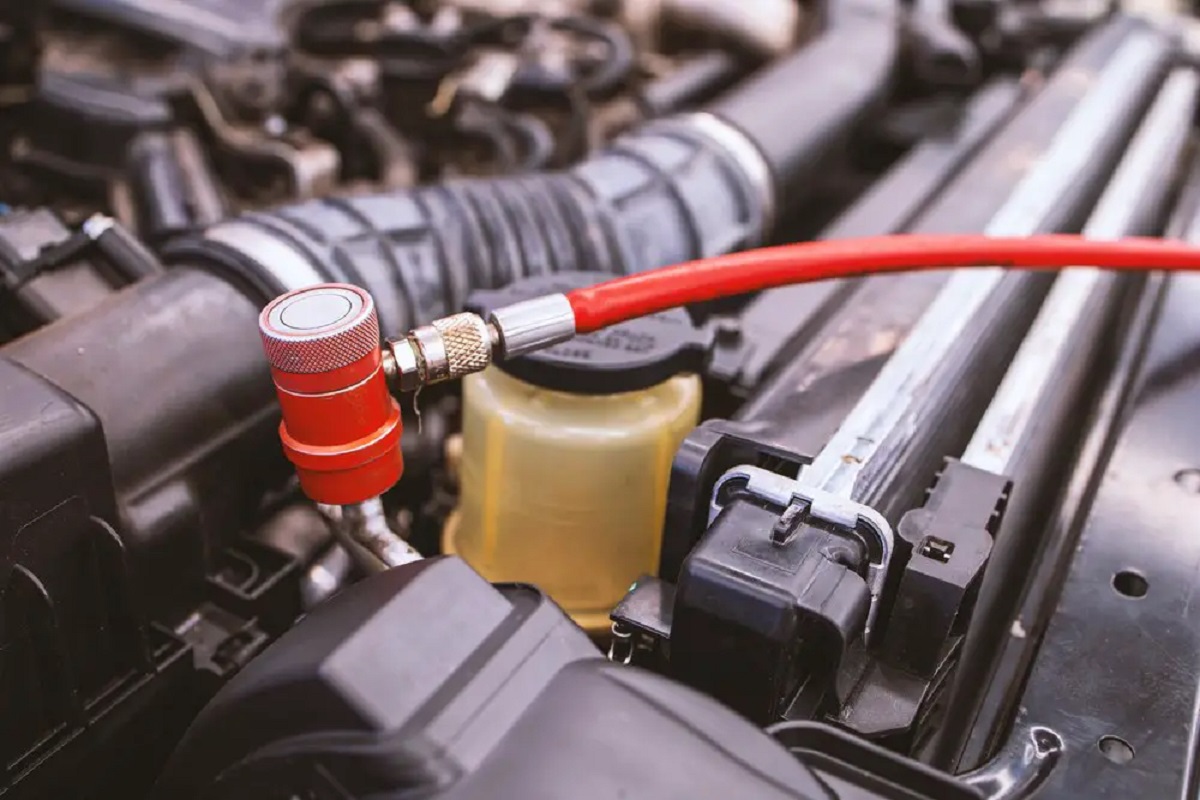
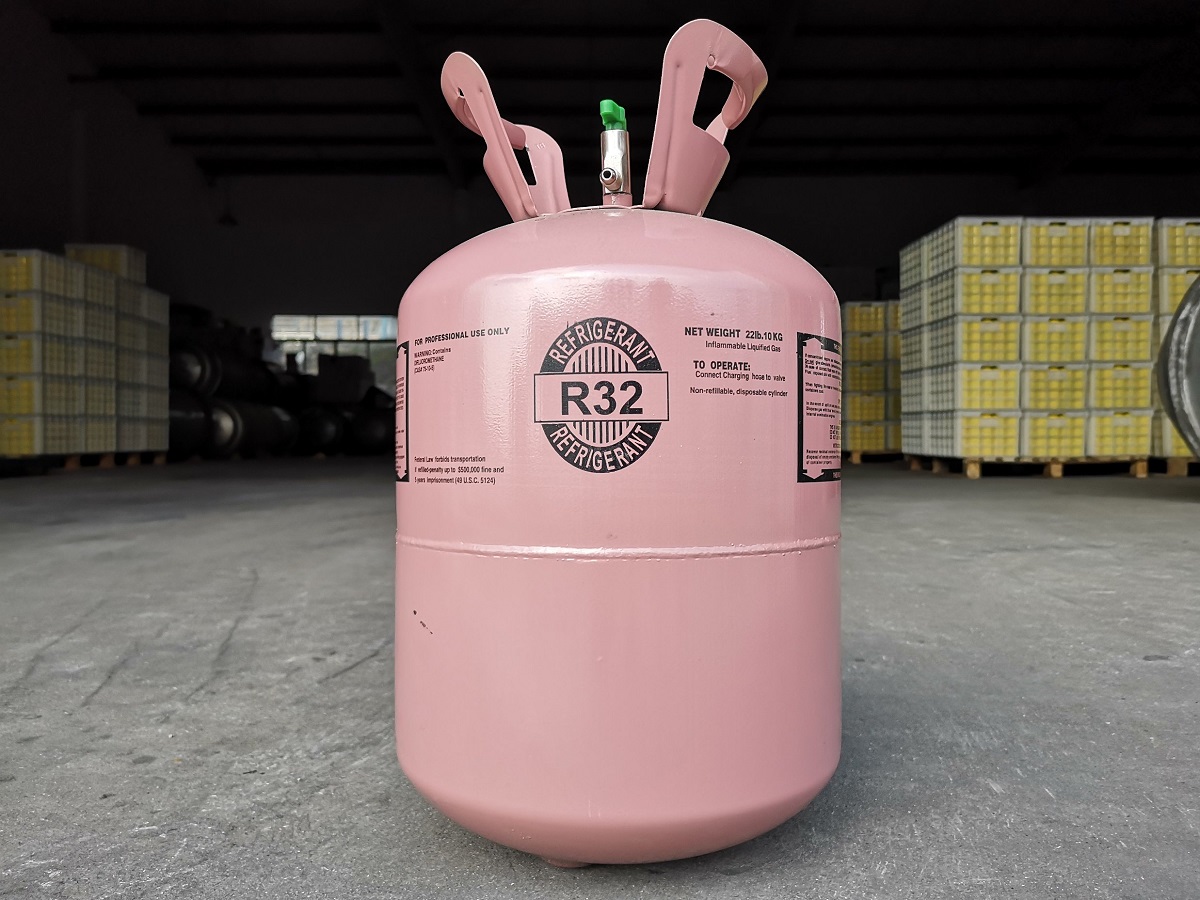
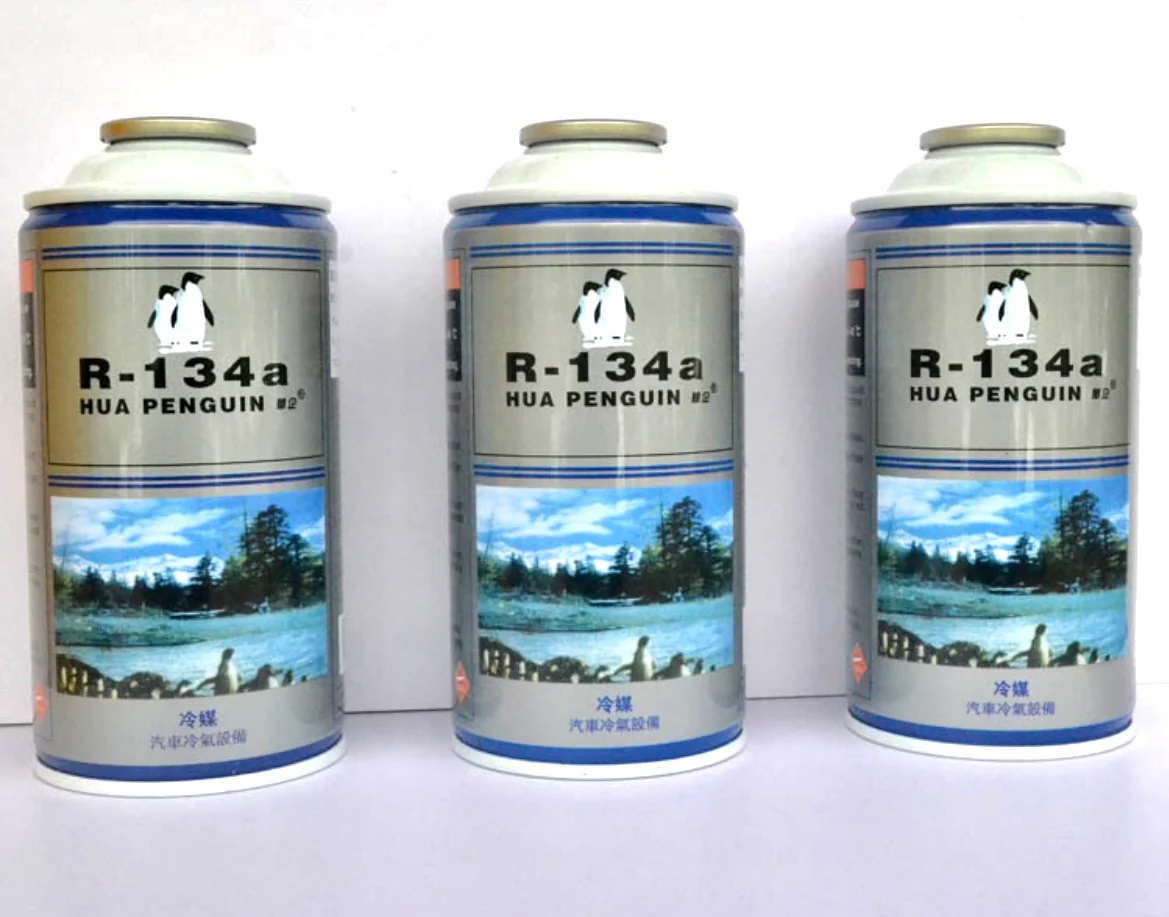
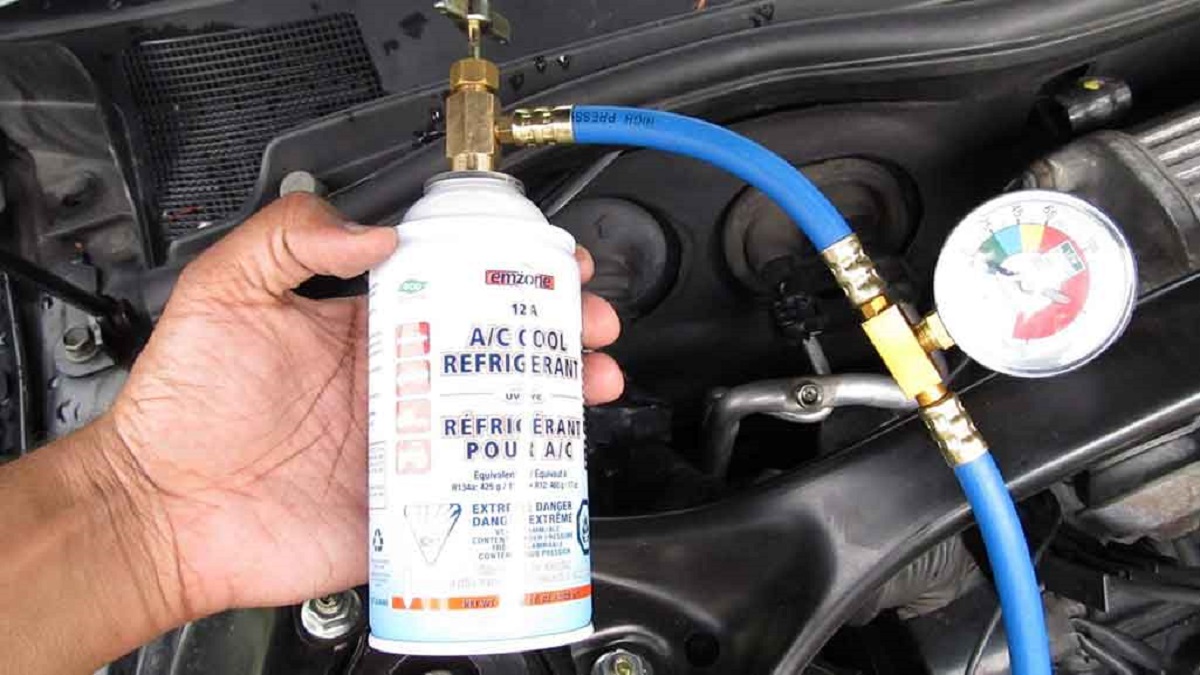
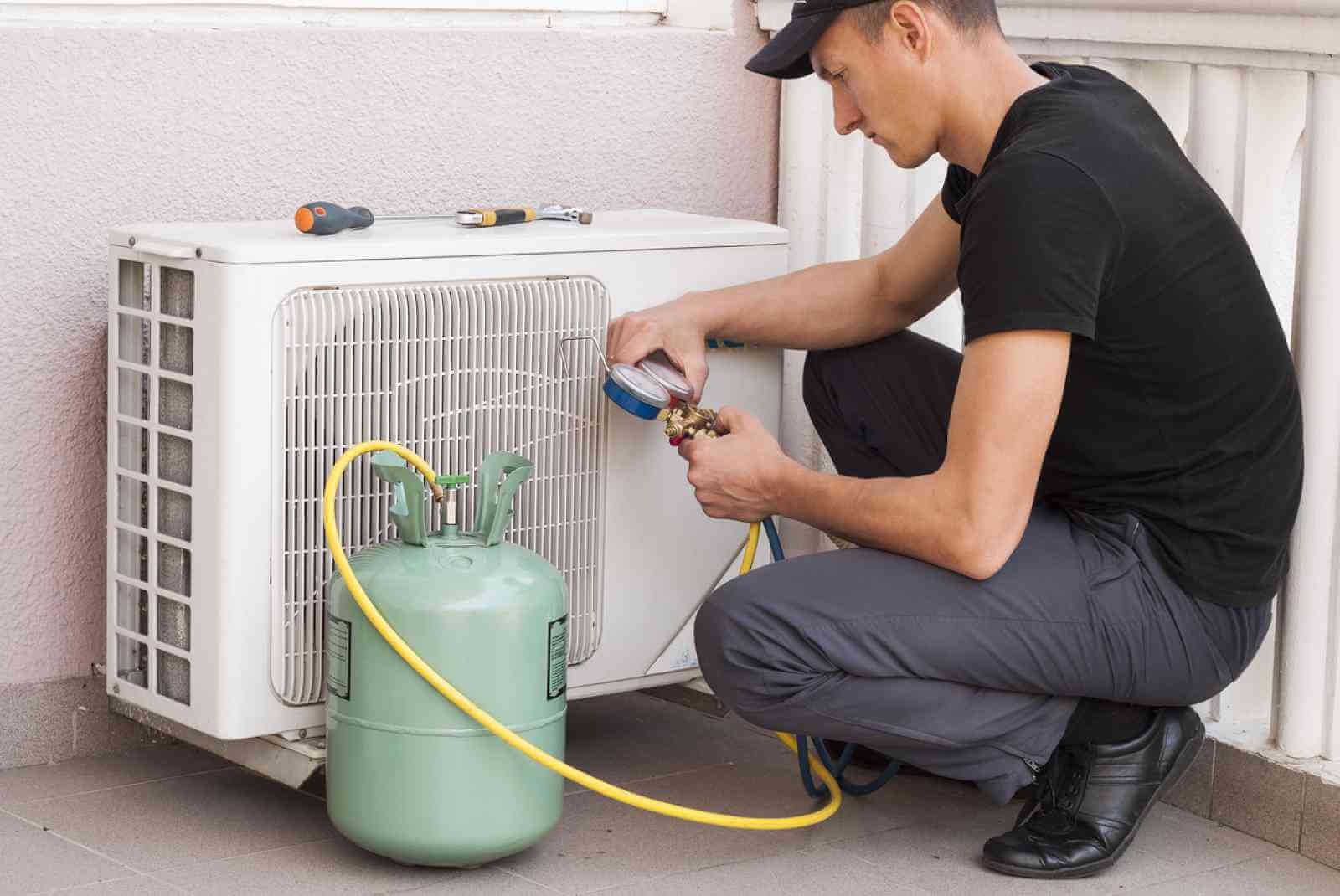
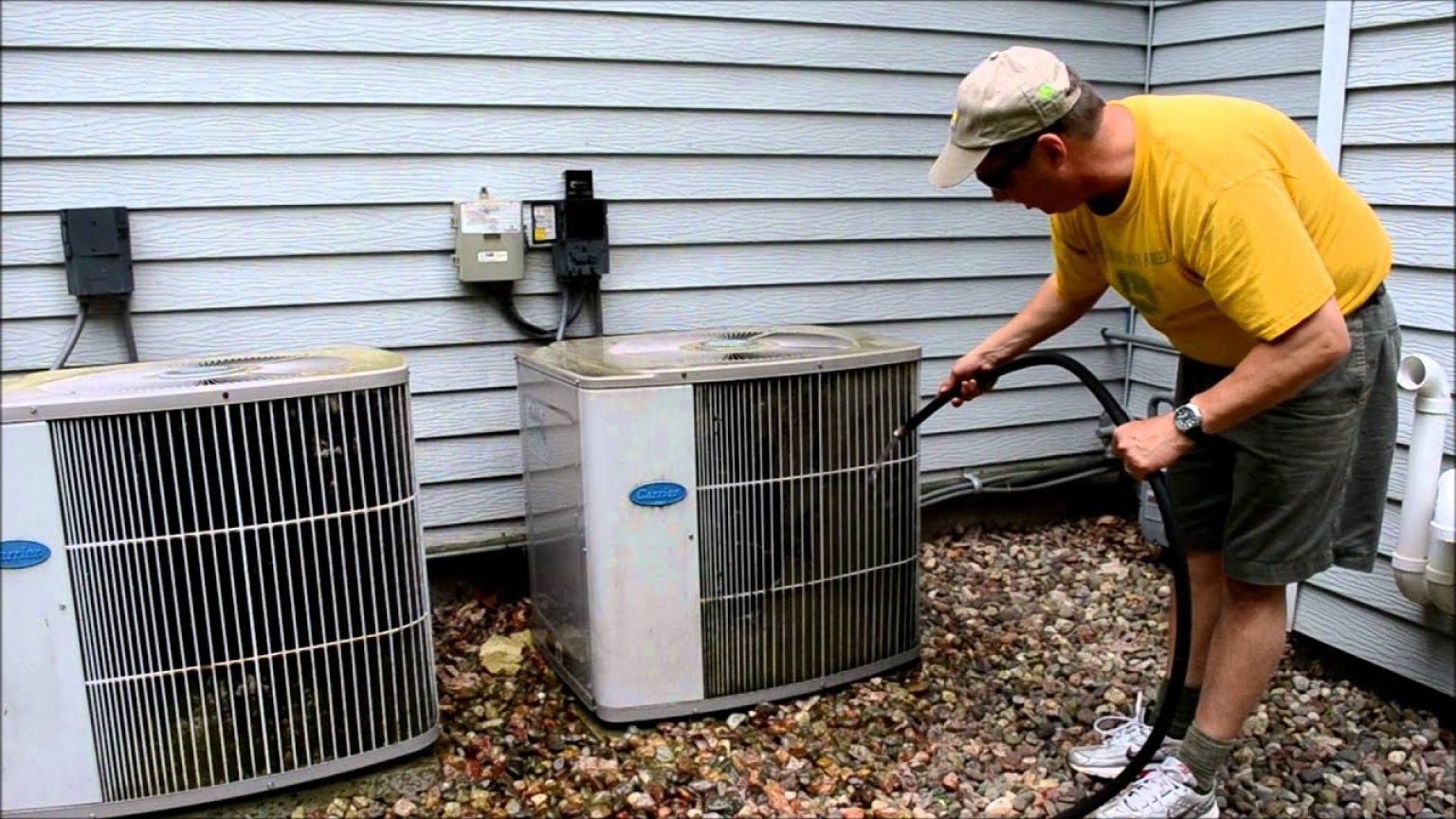
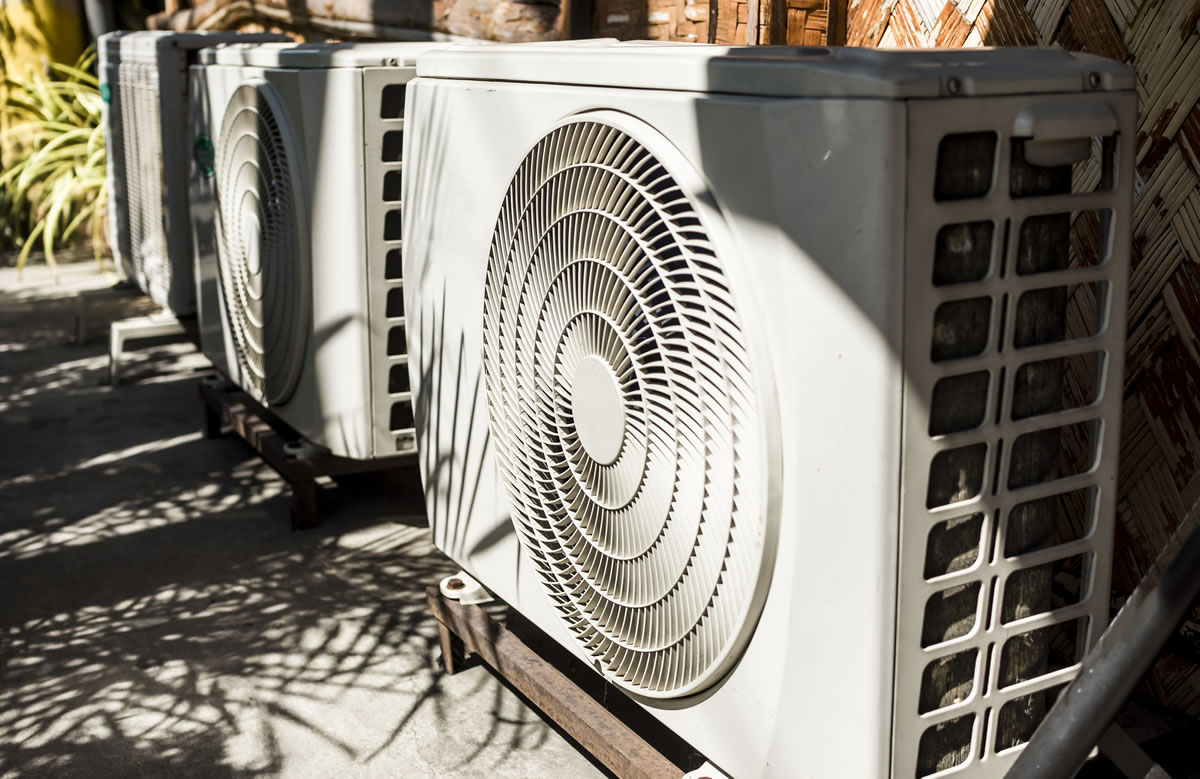
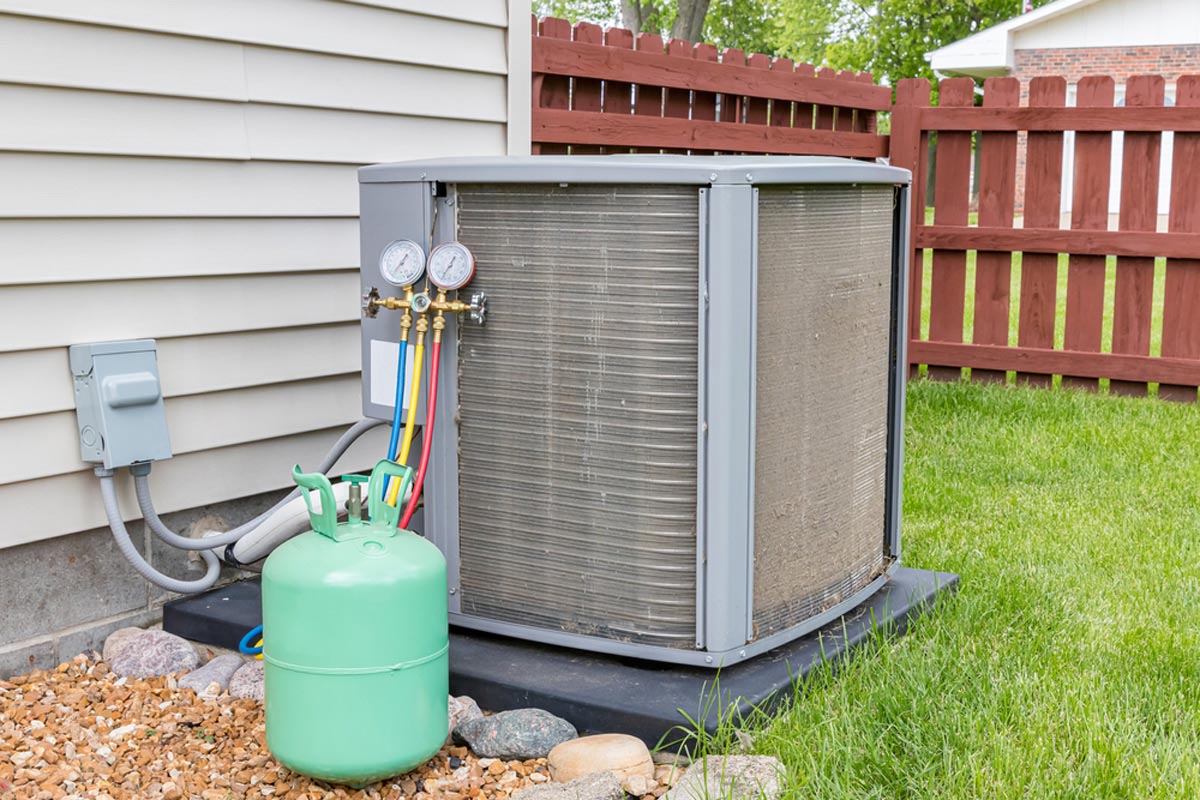

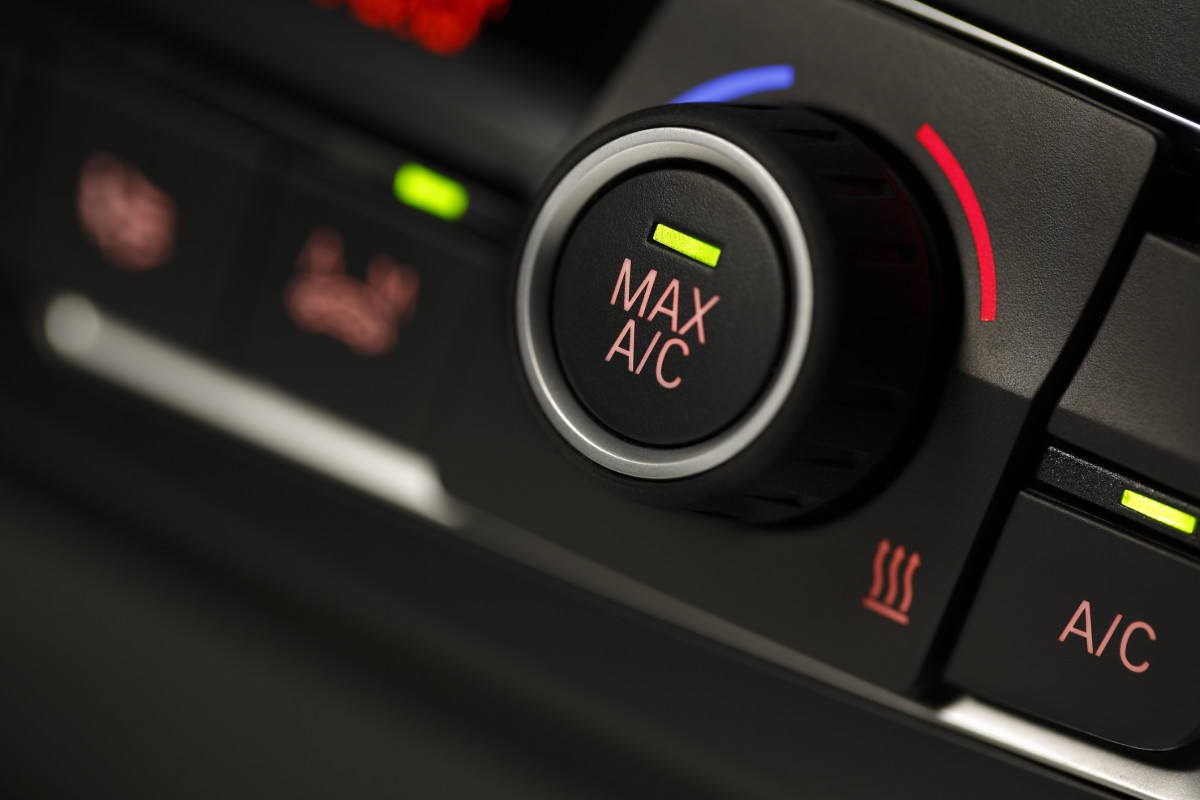

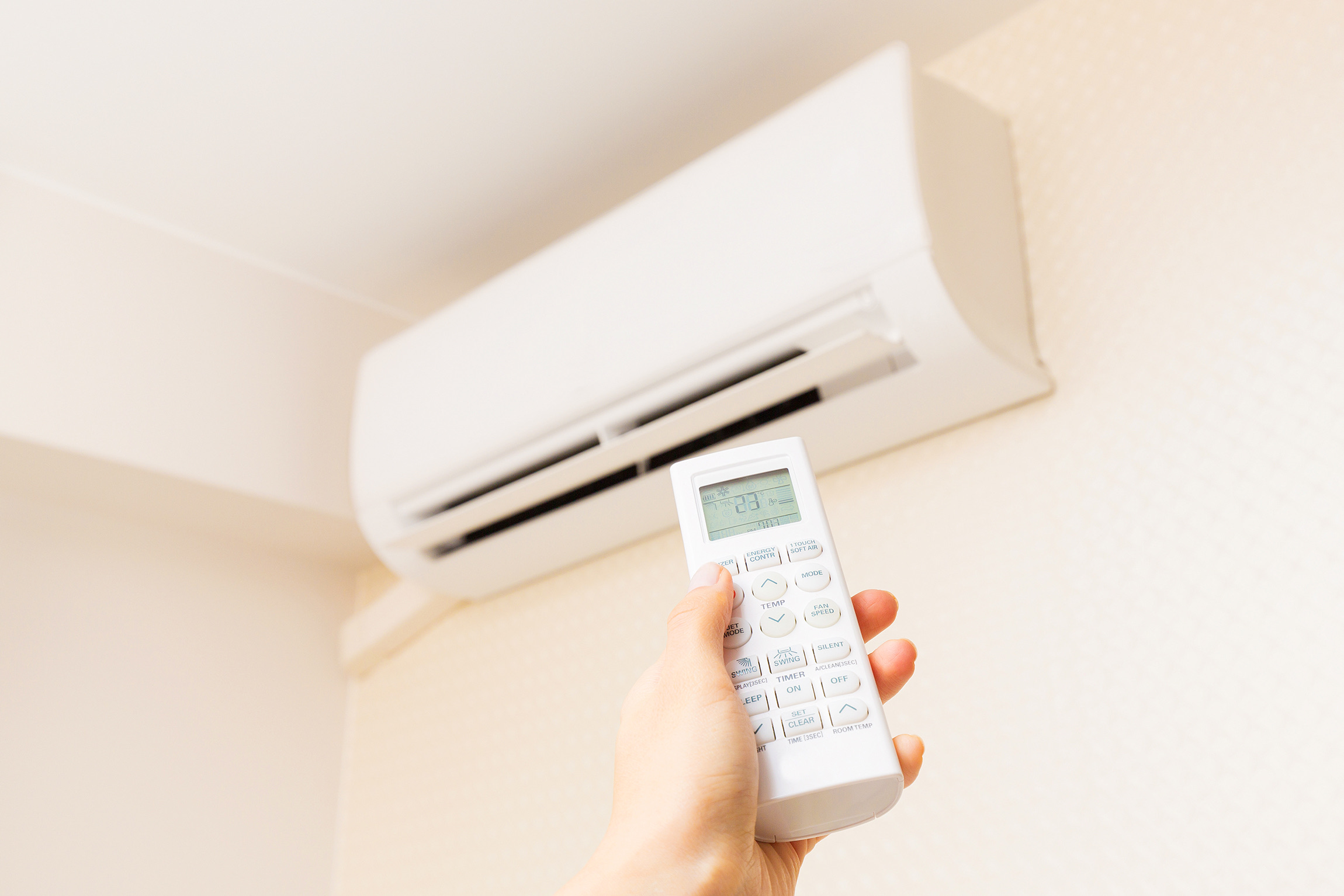
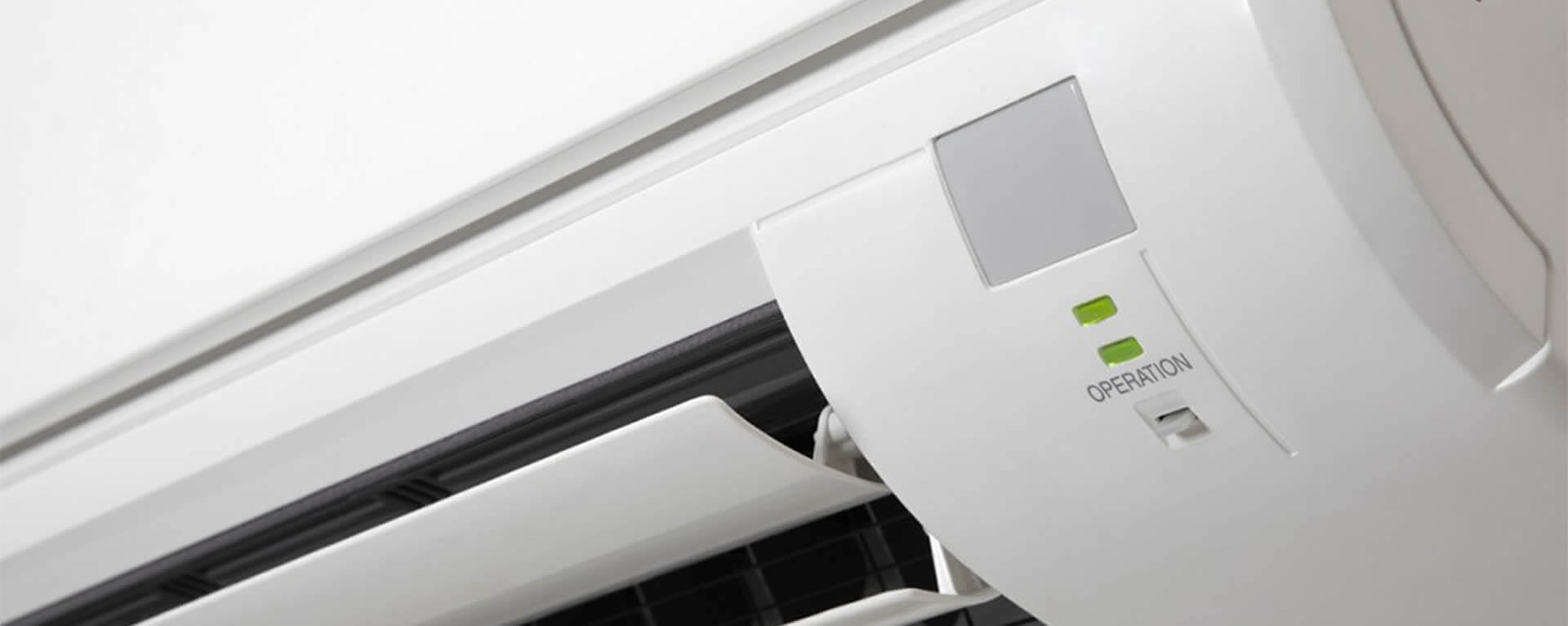
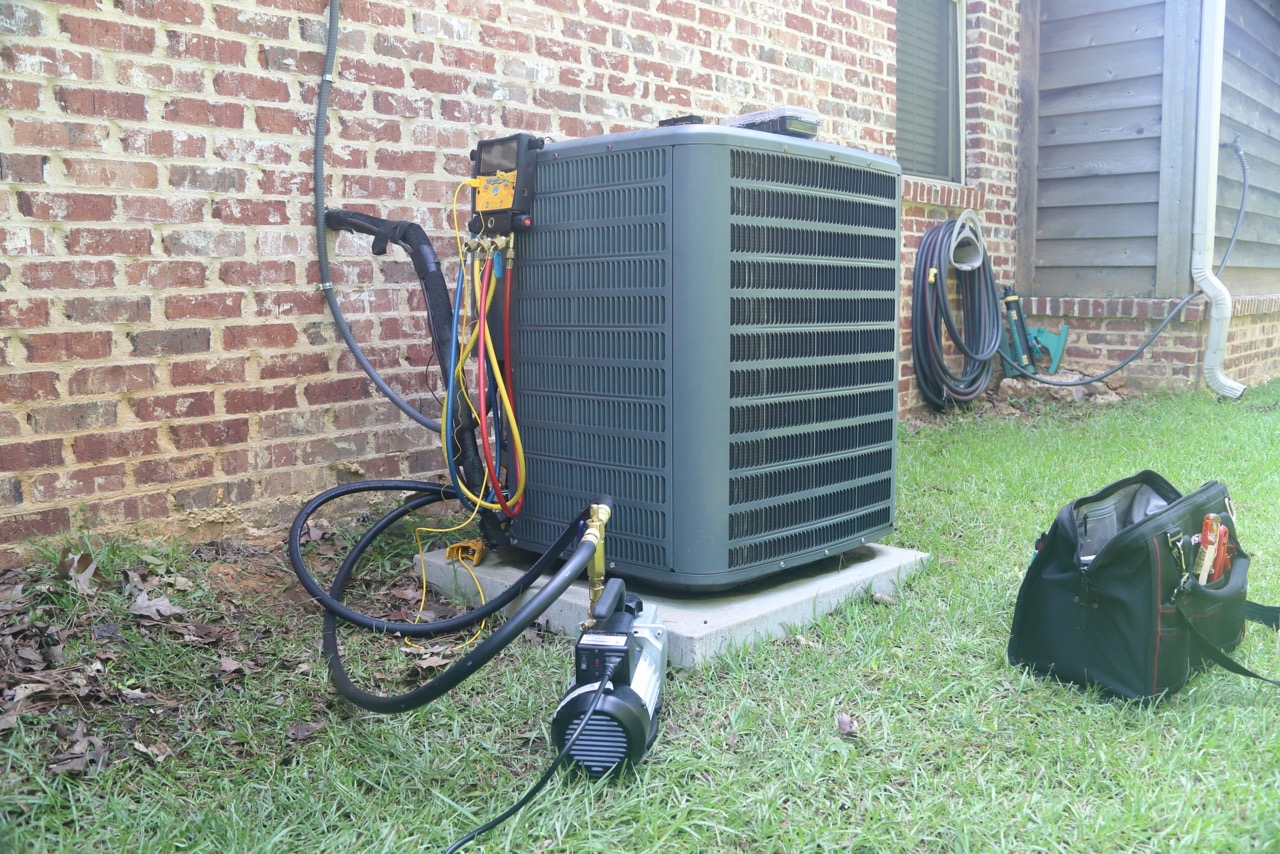

0 thoughts on “What Is Refrigerant In AC”